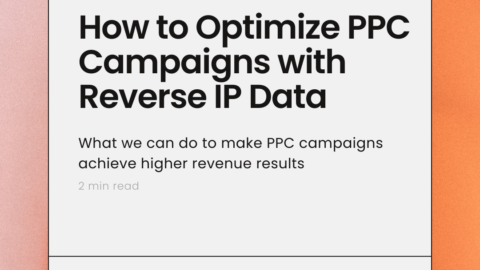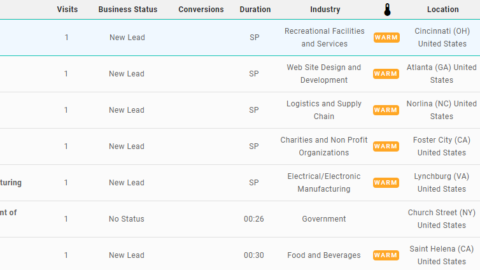Create Great Sales Scripts and Discussion Guides Using This Template

Writing scripts and discussion guides for sales and marketing campaigns probably aren’t high on your list of things you love to do. Hopefully this outline can make that part of your job a little less painful.
On Sales Development campaigns we typically stay away from the robotic scripted messaging and opt for knowledge and conversation. Discussion guides should be educational and informative so that Sales Development Reps (SDR) can have dynamic conversations with prospects.
Here’s how we frame our discussion guides to set our SDR’s up for success. Keep in mind, the idea here is to provide enough information that an SDR can have intelligent conversations using their own voice. Not a script.
—
Campaign Overview
This is where we quickly summarize the objective of the campaign. Two sentences about the reason we are contacting our target audience.
Example: The Smart City campaign is designed to have conversations with leadership at municipalities in Michigan about advancing their sustainability goals using our . The goal is to set appointments with qualified accounts for local sales teams.
Target Contact Summary
In this section we summarize the appropriate contacts that we should be speaking with to meet the overall objective of the campaign. Be specific and list them in the order of priority. It can also be helpful to list typical pain points or topics of interest at each level.
Example:
1. CEO, CFO, COO: Decision Maker — Long-term outcomes, performance initiatives, strategic impact
2. IT Director: Influencer — Cost reduction, ease of implementation, staff retention
3. And so on down the line — Keep in mind you may not want to take meetings with lower-level staff, but they can help sponsor you to someone higher in the organization.
Cold Introduction — First Few Lines
Add a section with a generic introduction that each SDR can use as a foundation to make their own. The real introduction SDR’s use will likely change over time based on trial and error. This is a starting point. Always test, analyze, and adjust your openings.
Example 1: Hi [FIRSTNAME], my name is [YOURNAME] with [YOURCOMPANY]. We help manufacturers overcome supply chain issues by . I would like to set up some time with [target contact] to discuss .
Overcome Objections Early
List out the typical objections you hear when proposing your solution to prospects along with the answers to those objections.
Example:
Costs Too Much: In every case that we’ve implemented this technology, our customers have made a 3x return on their investment in the first 6 months.
And so on…
Qualifications and Required Intelligence
In this section, outline the exact criteria that makes an account qualified and ready for sales to take over. These can be budgetary, geographical, or anything else that makes an account ready for sales. You can also include any specific questions you’d like to know about the account.
Example:
Qualifications
- Facility is in Michigan
- Experiencing Supply Chain Constraints
- Has Budget to Solve the Problem
Required Intelligence
- Total Manufacturing Space Square Footage
- What parts are they having trouble getting
- Who are their current suppliers for those parts
Product/Service/Solution Overview
This is the meat of the discussion guide. This is where you outline and highlight all the benefits and value propositions of your product. This is high-level knowledge that will allow an SDR to have a great conversation without getting into technical details.
This section should include the following at minimum:
· Explanation of the challenge that your customers typically face; pain points
· Description of how your company solves the challenge and what the customer gets
· What differentiates you from others in your industry
· Why your product/solution is a great fit for the prospect
· Links to landing pages, marketing collateral, blog posts with additional information about your product — these can be used by the SDR as part of their nurture effort
Next Steps
Have a clearly defined ask of the prospect and what they can expect to happen next. If your goal is to schedule an appointment with the prospect’s local sales rep, then explain how that process works. Overcommunicate this part and make it easy for everyone involved.
—
Once your discussion guide is complete, you and your team can use it as the foundation for your outgoing communications like phone calls, voicemails, email templates, social posts, etc.
If there is 1 takeaway from this, I hope it’s that a discussion guide should be a source for knowledge, not a script. Happy selling!




